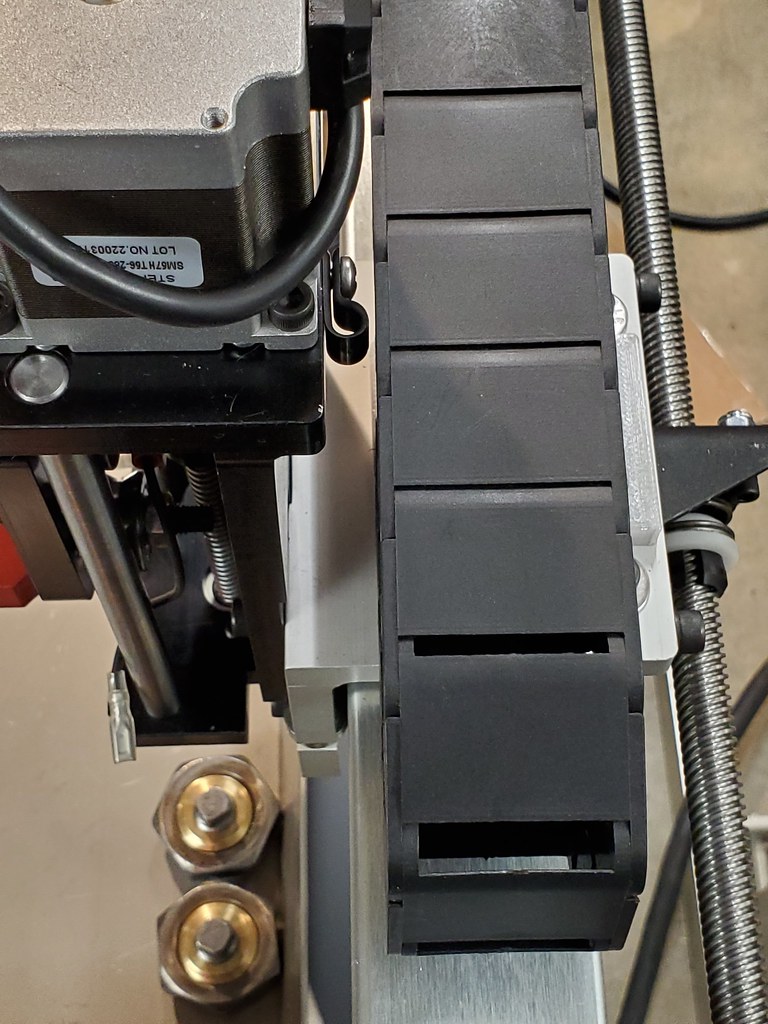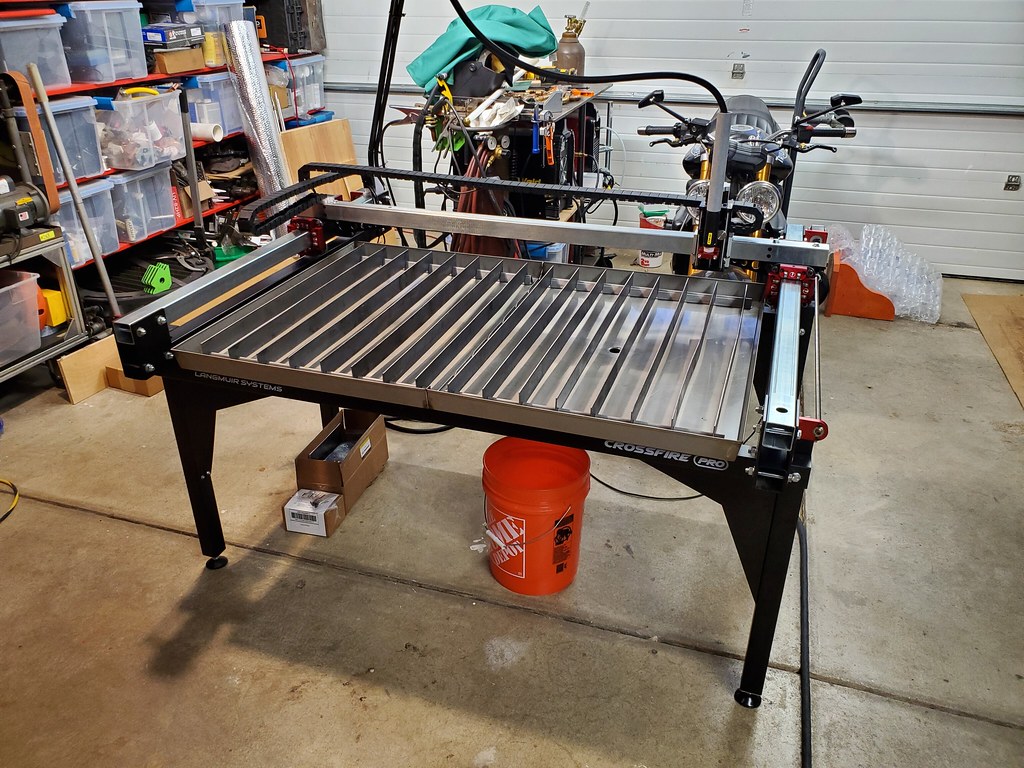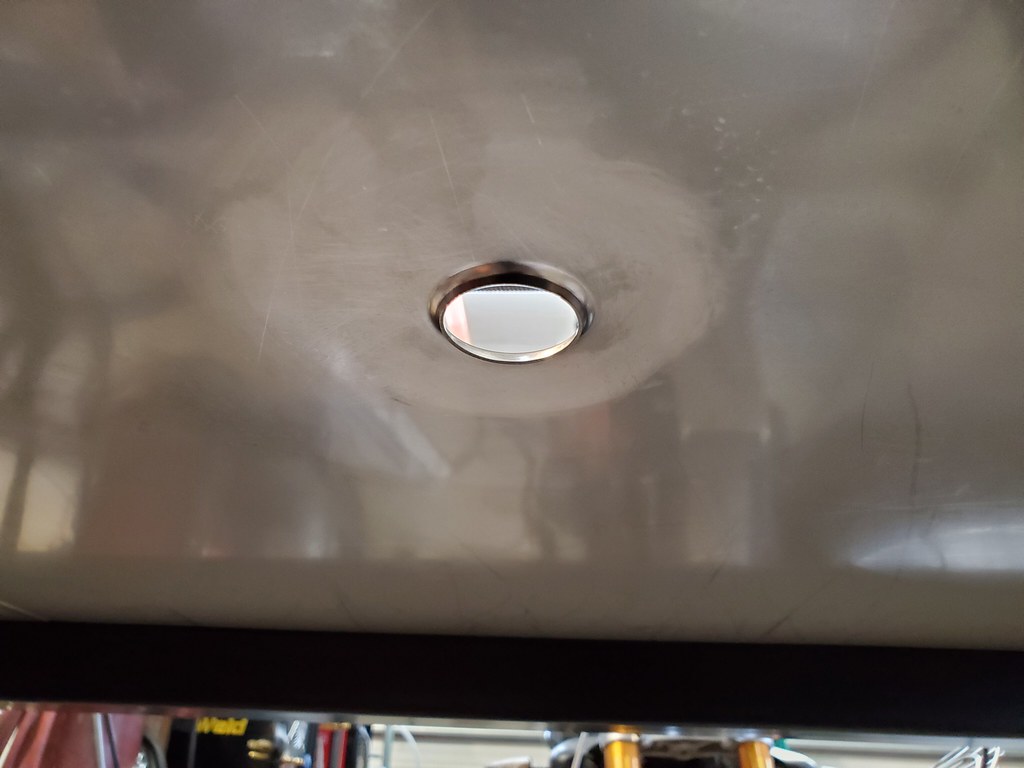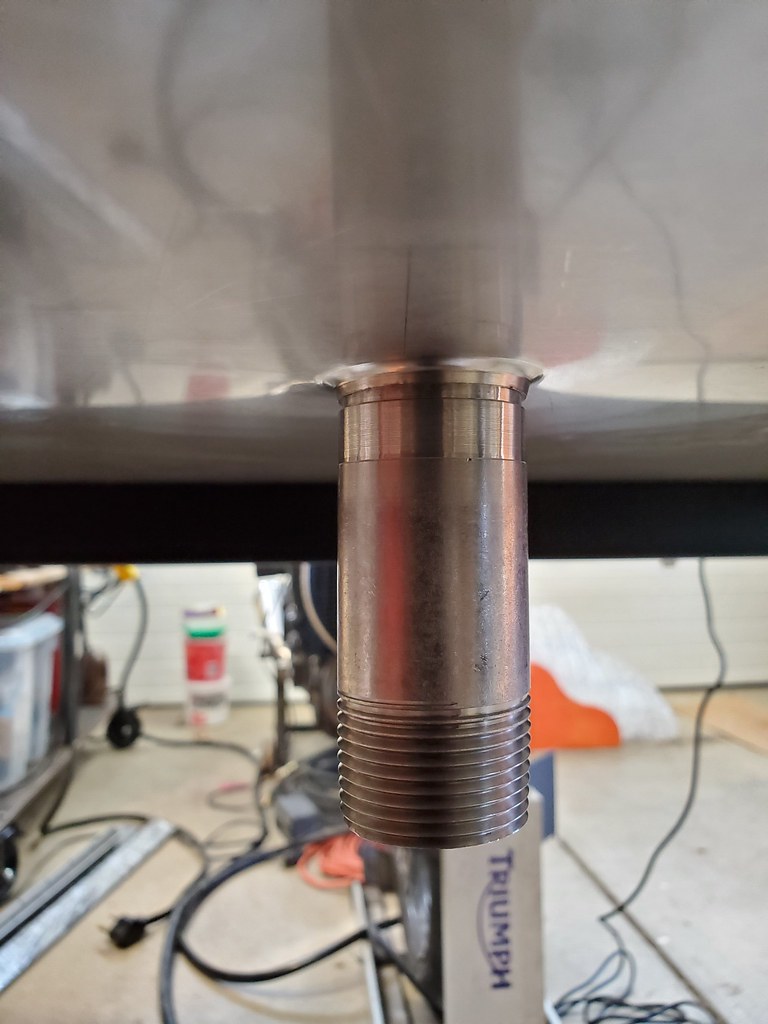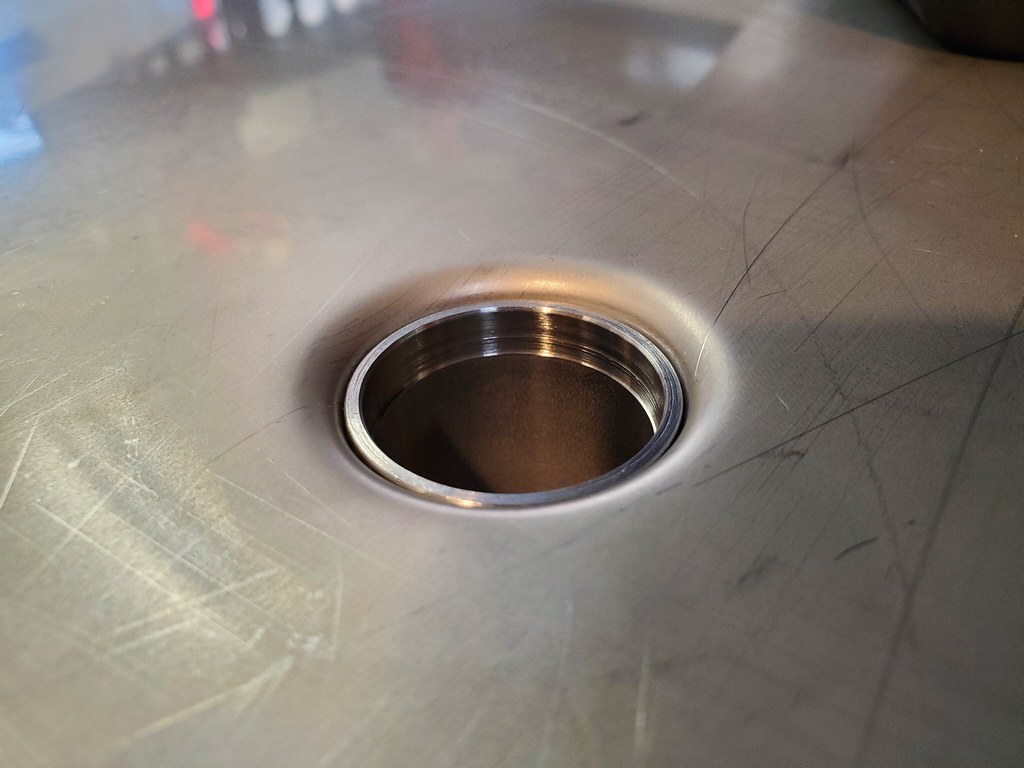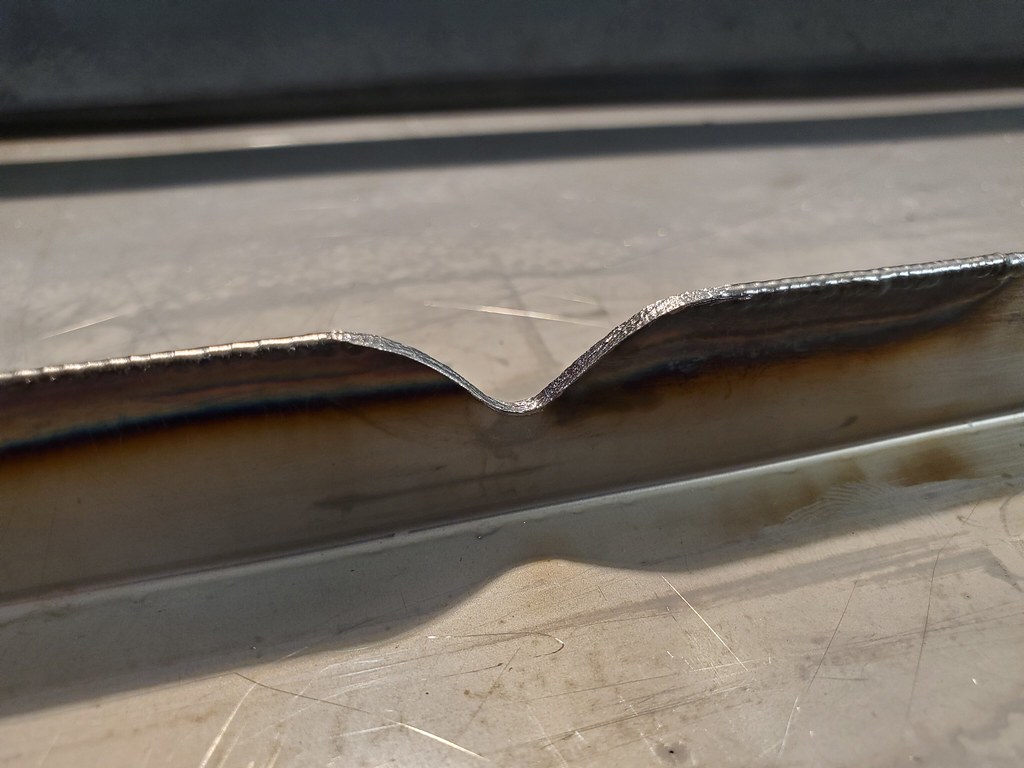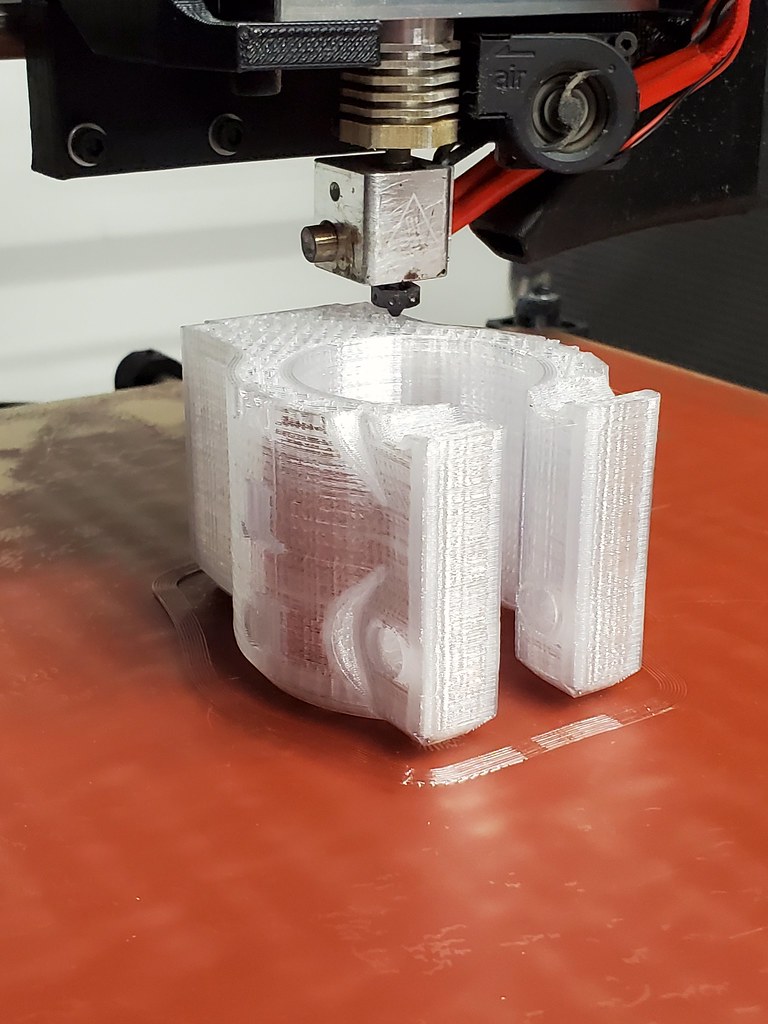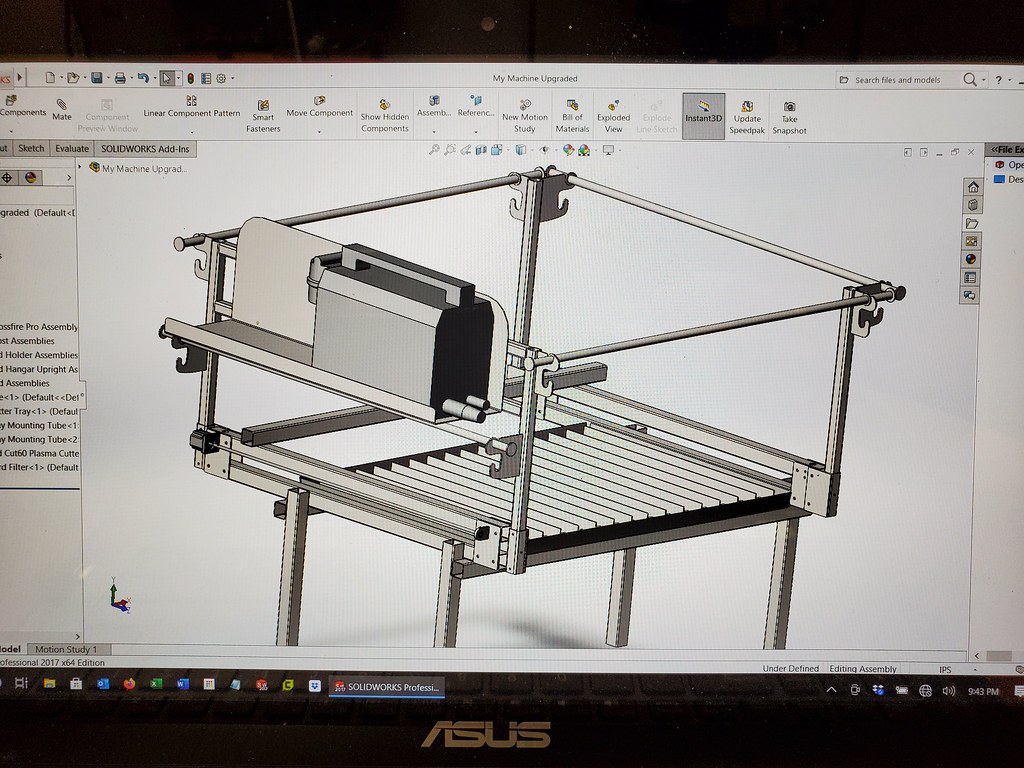This is a place for me to log all of the various modifications I make to my Crossfire Pro in one spot. I’ve found it can be useful for me, and potentially others as a repository where one can go and see what was done, and how it has held up, or needed to be redone over time.
For those that didn’t read my intro thread, I’m a manufacturing engineer, with a majority of my work experience related to CNC tube and sheet metal fabrication. In particular tube and sheet bending, rolling, and laser cutting.
I’m at a different point in my life now where I work as an on call engineer for a manufacturing company here in Lincoln NE, do a lot of house dad work, and spend the rest of my time designing or making things as much as possible. I’ve always said my hobby is trying out hobbies, and I’m damn good at it. 
Long story short I’ve built up a decent collection of modest equipment and after a rough year with my family and 3 other family members households moving and all the chaos that ensues from that, I’m finally back to the point where my tools are organized enough to start working on serious projects again.
Equipment list as of 2-1-2021:
-
1981 Enco Round column manual mill
-
1980 Enco 10x20 metal lathe (in need of 2 feed gears repaired from high school duty/crashes before I got it)
-
IH CNC mill (in need of Y axis ball nut adjustment)
-
Lincoln Electric 175HD MIG welder with gas setup
-
HTP Invertig 221H DV, with water chiller
-
Primeweld Cut60 Plasma Cutter
-
Coleman Powermate 60 gallon air compressor (currently building copper pipe run to start dropping moisture, then Max Dry XXL air dryer system, then Motorguard filter just before plasma cutter)
-
Langmuir Crossfire Pro w/THC
-
Lulzbot Taz 5 3D printer (I have a Wham Bam build plate system and E3d Titan Aero Extruder to install to bring it up to date with 5 years of 3D printer evolution)
-
Variety of woodworking and grinding equipment
As much as possible I will try to update post numbers to make finding relevant information easy.
Posts to follow:
Drag chain upgrade
Water Table Upgrades
PTM60 Machine Torch for Cut60
Computer
36V power supply repair/replacement
Welding curtain system


